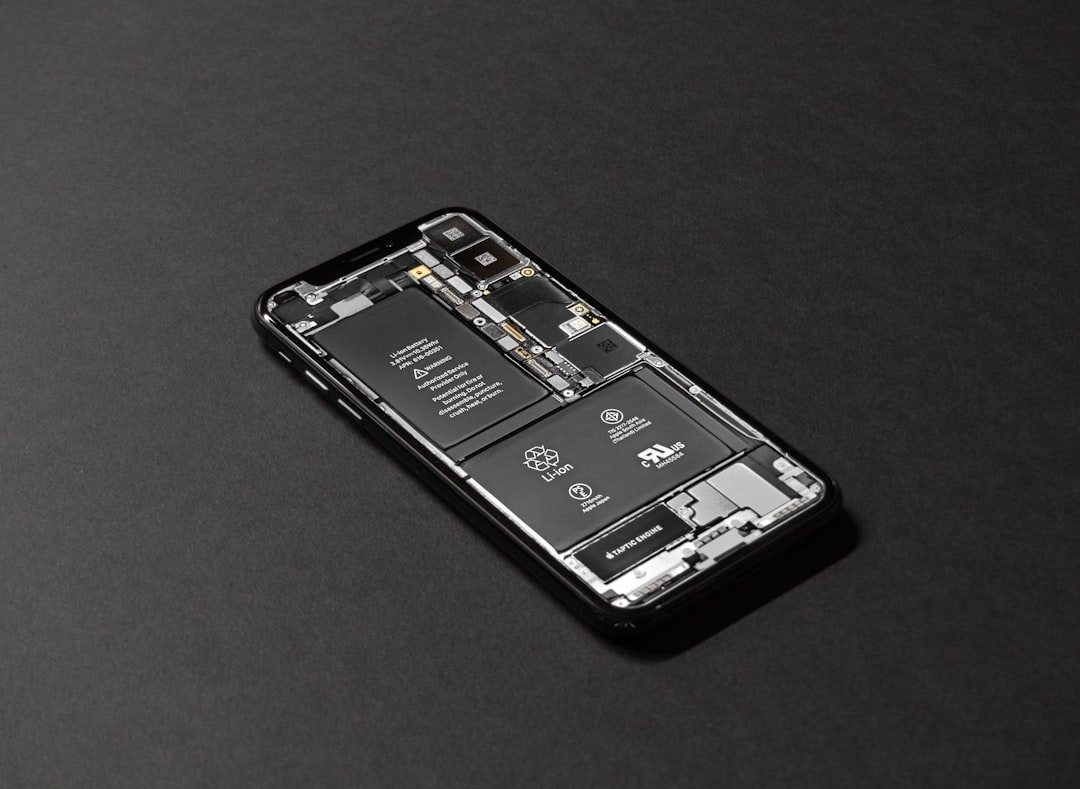Epsom Salt Battery Restoration for Solar Systems
How Adding Substances to Batteries Can Cause More Harm Than Good
Recommended Practices for Battery LongevityRather than resorting to quick fixes like adding foreign substances to your batteries, maintaining them with proper charging techniques offers better longevity and reliability. Understanding Specific Gravity and Battery ChemistrySpecific gravity is a crucial indicator of a battery's state of charge but altering it artificially with substances like Epsom salt can be misleading. It involves sending controlled electric pulses into the battery, potentially helping to reverse sulfation-the buildup of lead sulfate crystals on discharged battery plates-which impairs their ability to function efficiently.
Popularized methods include adding various substances like Epsom salt to battery cells in an attempt to revive them. Adding baking soda is sometimes useful for cleaning external parts of the battery but can be detrimental when introduced into the cells because it neutralizes essential sulfuric acid components of the electrolyte.
While this technique may show a temporary increase in the specific gravity (SG) of the battery, it does not genuinely enhance performance. An equalization charge involves applying a controlled overcharge once every few weeks or months depending on usage patterns; this helps balance cell voltages within multi-cell batteries and mix the electrolyte thoroughly, thereby preventing stratification and reducing sulfation risk.
Among these remedies is the addition of Epsom salt to battery cells-a method often touted for its simplicity and effectiveness. Improper application of pulse charging can exacerbate existing issues rather than resolving them.
